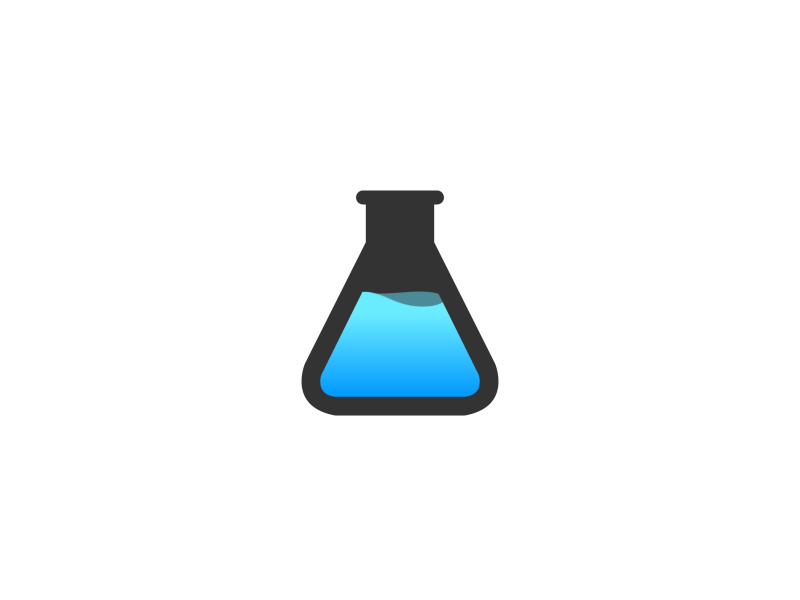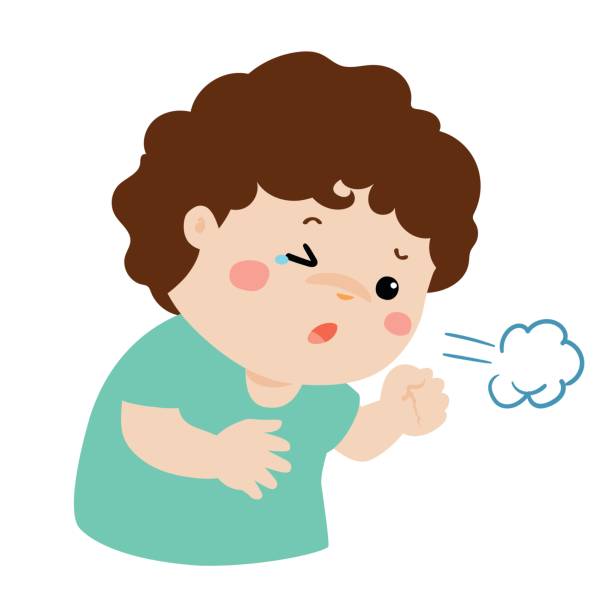Note: This blog contains some rather horrifying information about what is in disposable nappies. It is not intended to make anyone feel bad about using disposable nappies, but rather to inform to help you make choices in your future about the best option for your child. If you are looking for a better choice in disposables, check out this blog.
The truth is coming out…. studies are showing disposable nappies are toxic for our babies…
Earlier this year there were reports on disposable nappies causing blistering and burns, and mothers were taking their children to hospital they were so severe (the photos were horrific). The company involved insisted that the product meets the quality and safety standards, which only made me question those standards.
Also this year, a French agency did testing on a number of brands of disposable nappies and found levels of chemicals above the safety threshold. Some of these chemicals are added intentionally, such as fragrances, but others are part of the manufacturing, and they found these chemicals are coming into contact with sensitive baby skin!

Baby skin is much more sensitive than adult skin - for a start it is 3-5 times thinner than adult skin and has fewer elastic fibres. This means it acts more like a sieve and allows more substances to pass through than adult skin. Additionally, the surface area ratio to body weight for a baby is 3-5 times greater than an adult, meaning that anything penetrated through the skin is more concentrated on a baby than an adult. This is important to remember as you think about what is coming into contact with your baby’s skin, not just with nappies, but also with other skin products.

Let me just start by saying, some of these chemicals are super nasty, but also not all of them are in every single brand of disposable out there. It is important to research what is in your disposables nappies. So... let’s have a quick look at what can be found in a disposable nappy.
 Sodium Polyacrylate
Sodium Polyacrylate
Added to disposable nappies as a powder to improve absorbency. This is the one to think about because as far as I am aware all disposable nappies have this. It turns in to a gel when wet and often sticks to baby’s genitals (if you have ever noticed gel beads on your baby, this is what it is). This is the same chemical that used to be in tampons, but was taken out in 1985 due to causing toxic shock syndrome. Can cause allergic reaction, severe skin irritation, oozing blood from perineum and scrotal tissues, fever, vomiting, staph infection, female organ problems and if baby gets her hands near that gel and ingests it, please please please get her to hospital immediately!
Dioxin 
Chemical by-product from bleaching paper using chlorine gas. Dioxin is the most toxic of all cancer-causing chemicals. It can cause birth defects, skin/liver disease, genetic damage, and it is banned in most countries. Some believe that the tiny size of dioxin exposure from nappies is nothing to worry about, but I believe every little bit of a carcinogenic adds up.

Tributyl Tin (TBT)
TBT is highly toxic and harms the immune and hormone systems. The Women’s Environmental Network state that it shouldn’t be in any household product, let alone something worn next to delicate skin. It is known to disrupt sex hormones even in small concentrations and is speculated to cause sterility in boys.
Phthalates
These are plastic softeners and are also hormone disruptors by mimicking human hormones and sending false signals. Phthalates were recently banned in children’s teething rings and other toys due to toxicity because children are so vulnerable to the exposure due to floor play, hand to mouth behaviour and their developing nervous and reproductive systems, but they are still in disposable nappies – right up against their reproductive organs.
 Dyes
Dyes
The dyes in disposable nappies often contain heavy metals. These dyes cause allergic reaction resulting in rashes and repeated exposure can cause long-term allergy. Additionally, damage to the central nervous system, kidneys and liver can be caused by dyes found in some disposables.
 Glyphosate
Glyphosate
Also known as Roundup and from a company which is currently dealing with multiple lawsuits over cancer claims from Roundup at the moment.
And more…
There are many other potential chemicals that may be included. And disposable nappy companies don't have to tell you. There is no law demanding them to have their ingredients on the side of the package like shampoo or other items of clothing. Short of asking them to find out the truth, they could have any number of additional chemicals in them.
One French company argued that billions of nappies are used per year without any ill-health effects and therefore they are safe. However, this is very short sighted and if they were to look long term, how do they know? To date, very few studies have been done on the long term effects of those chemicals up against an infant’s reproductive organs 24/7 for upwards of 2 years while those organs are growing and developing. Although there is a growing amount of research coming out, including one study has shown that respiratory problems, such as asthma, have been linked to children inhaling the mix of chemicals from disposable nappies.
Additionally, the studies that have been done on the chemicals above are frightening, but these are just the known effects of those chemicals, remember that just because we don’t know if it can hurt us, doesn’t mean it can’t and sometimes what we don’t know CAN hurt us.
What can you do about it?
For a start, use cloth nappies as much as possible. With cloth nappies you can rest assured that it is a natural fibre, has no absorbency fillers, no cancer causing, hormone disrupting, skin irritating chemicals and no fragrances. If you are worried about residue chemicals on your nappies, simply wash them a few times and it will rinse out.
Real Nappies have Oeko-Tex certification to show we have had our cotton tested to be clear of over 100 chemicals (including those mentioned above) and we also offer Organic cotton prefolds.
If you need to use disposables, and let’s be honest, in this modern age, there are times when you might need to, make sure you use a brand that has less chemicals and is better for baby. Find out what’s in them - ask the company, or check out this quite comprehensive blog on the best eco-disposable out there.
Just remember how sensitive baby skin is, and if you wouldn’t be comfortable putting it on your skin, don’t put it on your baby!
Don't know where to start? We can help you.
Check out this page on What to Buy - which gives you a bit more info on our great bundle deals and how you might be able to get started.
References
https://www.seventhgeneration.com/blog/what-you-need-know-about-your-babys-skin
10 News First, 'Huggies Under Fire For 'Severe Rashes' Caused By Nappy Range' by Kimberly Soekov
BBC News article: Dangerous chemicals found in nappy tests by French authority.
The Diaper dramas by Heather L. Sanders at www.ecobaby.co.za
Mothering, Issue 88, May/June 1998, 'The Joy of Cloth Diapers' by Jane McConnell
BBC News article: NHS urged to promote washable nappies by Alex Kirby
Why disposable diapers are dangerous very well researched blog by Small Footprint Family.


